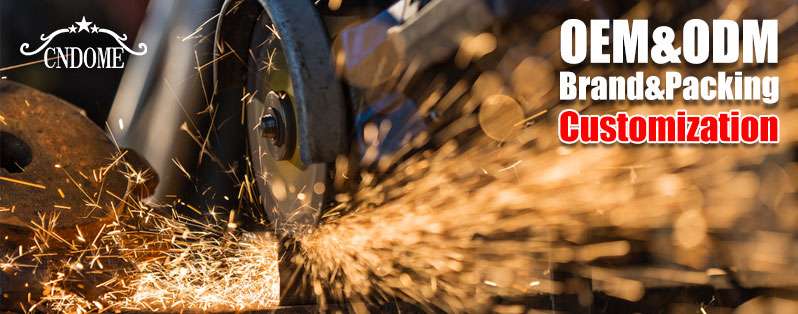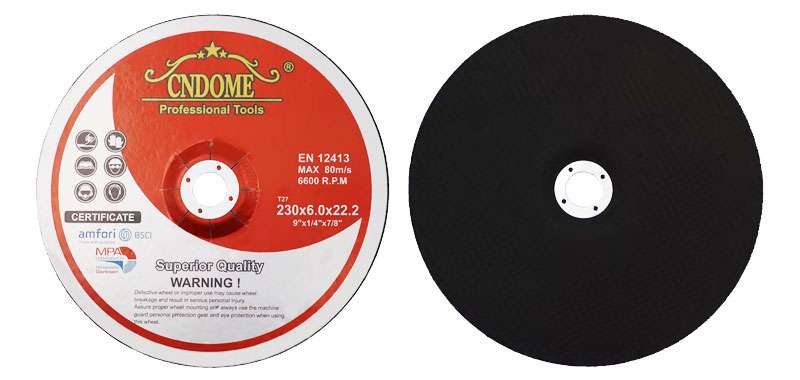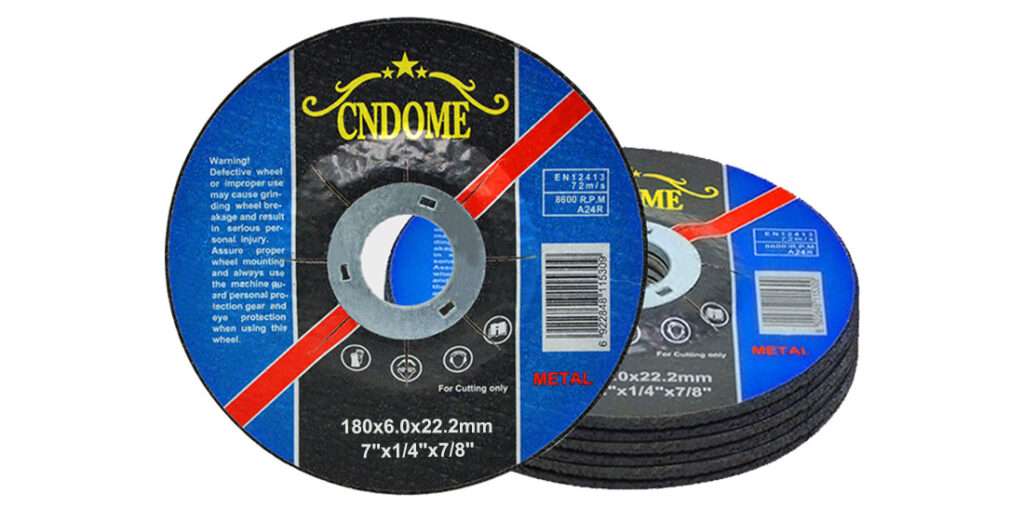When it comes to grinding operations, selecting the right grinding wheels is crucial for achieving the best performance and desired results. The type of grinding wheel you choose impacts not only the quality of the finish but also the efficiency and life of the wheel. This guide will walk you through the essential factors to consider when selecting a grinding wheel.
1. Understanding the Application
The first step in selecting grinding wheels is identifying your specific grinding application. Are you working on surface grinding, cylindrical grinding, or tool sharpening? Different tasks require different types of wheels designed for particular processes.
2. Choosing the Right Abrasive Material
Grinding wheels are typically made from various abrasive materials. The most common include:
- Aluminum Oxide (A): Suitable for grinding steel, ferrous metals, and alloys. It offers durability and versatility.
- Silicon Carbide (C): Ideal for grinding non-ferrous metals, cast iron, and harder materials like ceramics and glass.
- Zirconia Alumina (Z): Known for its self-sharpening properties, it works well for high-pressure applications and cutting hard materials.
- Ceramic Alumina (SG): High-performance abrasives that are used for precision grinding of hard-to-grind materials.
3. Grit Size
The grit size of a grinding wheel determines the fineness of the grind. A lower grit number (24-36) is used for heavy material removal, while higher grit numbers (80-120) are suitable for precision finishing. Your choice of grit size depends on whether you’re rough grinding or achieving a smooth surface finish.
- Coarse Grits (24-36): Ideal for aggressive material removal.
- Medium Grits (46-60): Used for medium grinding and blending.
- Fine Grits (80-120): Suitable for fine finishing and detailed work.
4. Bond Types
The bond in a grinding wheel holds the abrasive particles in place and determines the wheel’s hardness and ability to hold its shape. Common bond types include:
- Vitrified Bond: A strong bond that offers durability and heat resistance, ideal for precision and surface grinding.
- Resinoid Bond: More flexible than vitrified bonds, suitable for high-speed operations and heavy-duty grinding.
- Rubber Bond: Soft and elastic, ideal for achieving smoother finishes and less aggressive grinding.
5. Wheel Grade
The grade refers to the hardness of the grinding wheel. A softer wheel grade releases grains more quickly, making it ideal for softer materials. Harder grades hold abrasive grains longer, making them suitable for harder materials.
- Soft Grades (G-K): Suitable for grinding softer materials, allowing more frequent grain release to keep the wheel sharp.
- Medium Grades (L-O): Versatile and often used for general-purpose grinding.
- Hard Grades (P-Z): Ideal for hard materials where a longer wheel life is needed.
6. Wheel Structure
The structure of a grinding wheel refers to the spacing between abrasive grains. A dense structure has less space between grains, suitable for hard and fine-grit grinding. An open structure allows for better chip clearance, ideal for rough grinding tasks.
- Dense Structure: Used for precision grinding and achieving fine finishes.
- Open Structure: Allows for better cooling and chip clearance, ideal for aggressive grinding.
7. Consideration of RPM
The speed rating of your grinding wheel must match the operating speed of your machine. Exceeding the wheel’s maximum RPM can result in wheel failure and safety hazards. Always ensure the grinding wheel is rated for the RPM of your machine.
8. Surface and Type of Material
Understanding the type of material you’re working on is essential. For example:
- Soft metals (aluminum, brass): Require softer wheels to prevent loading (where the material gets stuck in the wheel).
- Hardened steel: Needs a harder, more durable grinding wheel to handle the heat and wear resistance.
- Non-ferrous materials: May need silicon carbide wheels due to their abrasive properties on softer surfaces.
Conclusion
Choosing the correct grinding wheel can greatly enhance your productivity, tool life, and the finish quality of your work. By carefully considering factors such as the abrasive material, grit size, bond type, and material being ground, you can ensure you selecting the best grinding wheels for your specific application.
Would you like more in-depth information on any of the aspects covered here?
Online Message
Minimum Order Quantity: 5,000 Pcs, 10 Pcs Free Samples.
Contact Us For More Information!
Tel/WhatsApp
+86 18796960868
DomeGrinding@hotmail.com
Address



